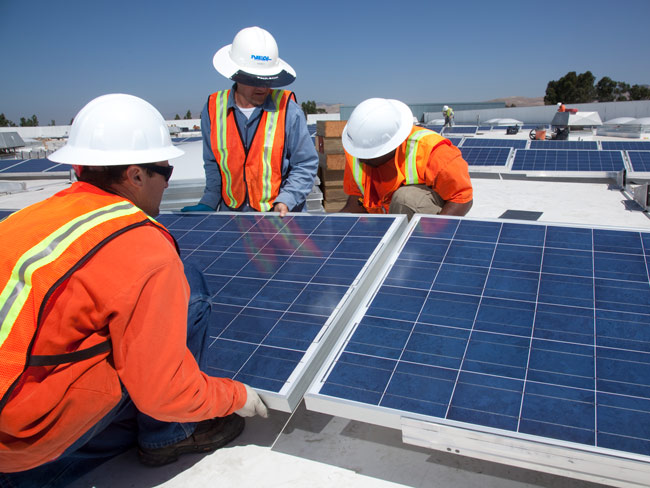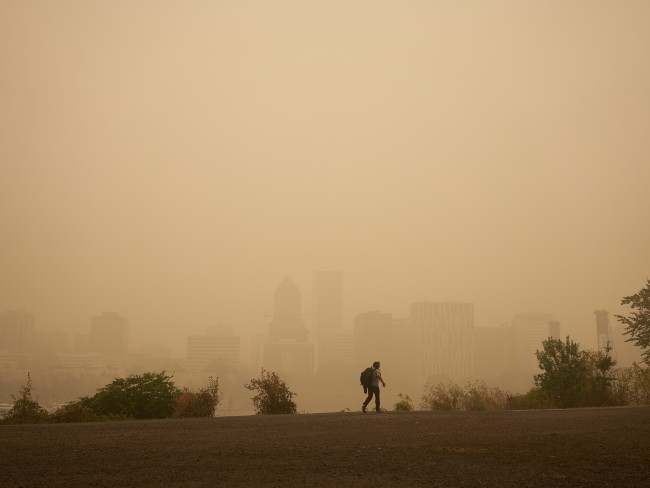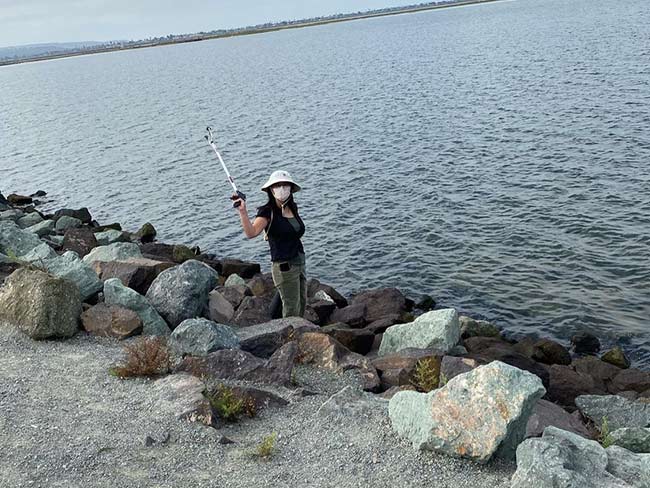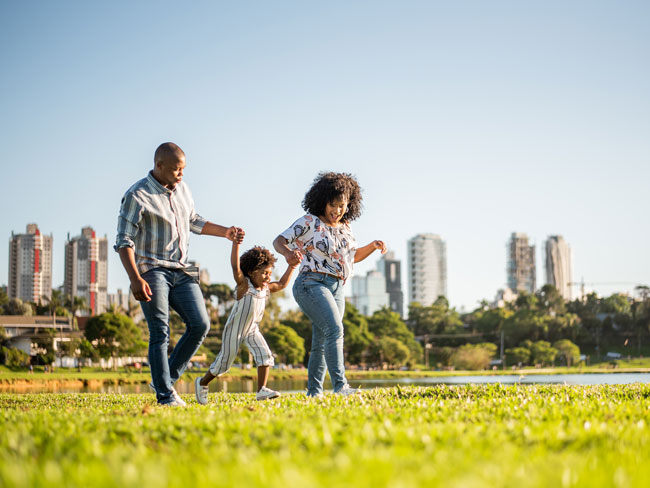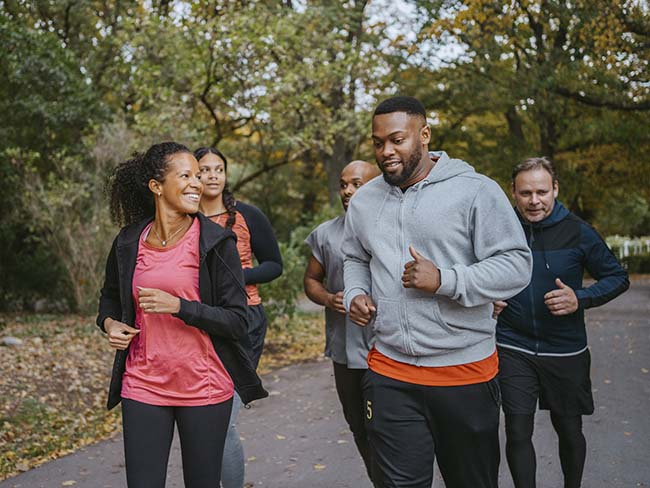Lightning safety: When thunder roars, head indoors
To say lightning is unpredictable is a major understatement.
Lightning strikes in the U.S. about 25 million times a year. It's something Coloradans must deal with and know about. Although most lightning occurs in the summer, people can be struck at any time of year.
It’s a serious issue
An estimated 1,000 people in the U.S. are struck by lightning each year. Fortunately, annual fatalities have dropped (to about 30); however, hundreds are severely injured.
To say lightning is unpredictable is a major understatement. This force of nature is so powerful, there really is no safe place outside in a thunderstorm. When thunder roars, go indoors: Far too many people wait too long to head to safety, which leads to lightning deaths and injuries.
A few things to keep in mind
Keep in mind a few things to help minimize your chances of getting struck by lightning while you’re enjoying your Colorado summer.
- Familiarize yourself with the weather patterns and forecasts of the area you plan to visit.
- If you hear thunder, lightning is close enough to strike you.
- When you hear thunder, immediately move to safe shelter. If possible, find a substantial building with electricity or plumbing or an enclosed, metal-topped vehicle with windows up.
- Stay in safe shelter at least 30 minutes after you hear the last sound of thunder.
- Avoid open fields, the top of a hill, or a ridge top.
- Stay away from tall, isolated trees or other tall objects. If you’re in a forest, stay near a lower stand of trees.
- Never use a cliff or rocky overhang for shelter. It offers little, if any, protection from lightning.
- If you’re in a group, spread out (by a recommended 100 yards if possible) to avoid the current traveling between group members.
- If you’re camping, set up camp in a valley, ravine, or other low area. Remember, tents offer no protection from lightning.
- Stay away from water, wet items, and metal objects like wire fences and steel posts or poles. Water and metal don’t attract lightning, but they’re excellent conductors of electricity. The current from a lightning flash can easily travel for long distances.
Lightning safety crouch
If you find yourself in an exposed area and lightning’s a distinct possibility (for example, your hair begins to stand on end or your skin begins to tingle), there’s always the ‘lightning safety crouch.’ While it offers no guarantee of safety, it may limit the damage a nearby strike might cause.
- Crouch down as low as you can get, like a baseball catcher. Why? The nearer you are to the ground, the less likely you’ll be hit by lightning. But never lie flat on the ground! (Don’t forget, if you’ve got a backpack with a metal frame, get it away from you.)
- Place your hands over your ears to lessen hearing loss from any accompanying thunder clap.
- Rise up on the balls of your feet, touching your heels together, with your toes spread slightly apart. Why? Lightning can hit the ground nearby and enter your body. The less contact you have with the ground, the lower your chance of electricity entering your body. Also, if electricity from the ground does enter through your feet, there’s a better chance it’ll come in through one foot and go back out through the other foot (because your heels are touching each other). That way, it’s routed away from the rest of your body, which is filled with all those vital organs you’ve come to depend on.
Learn more about climate events and your health.

